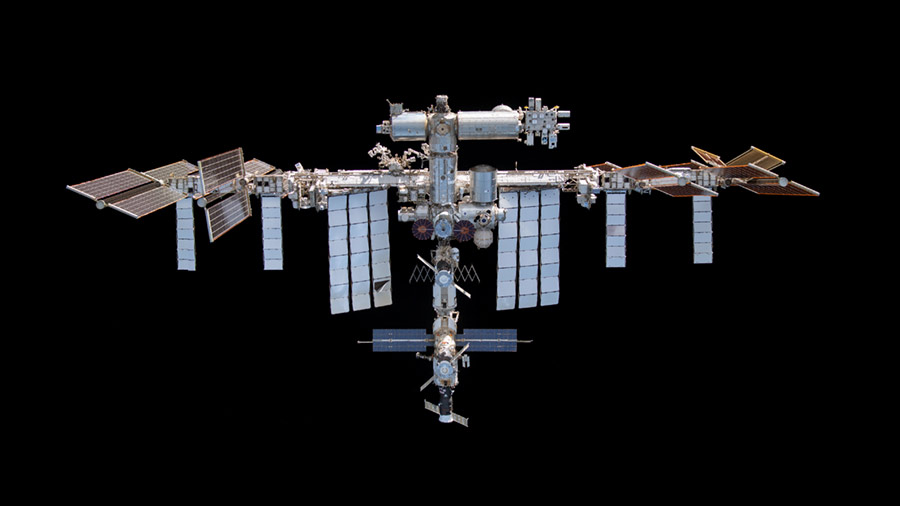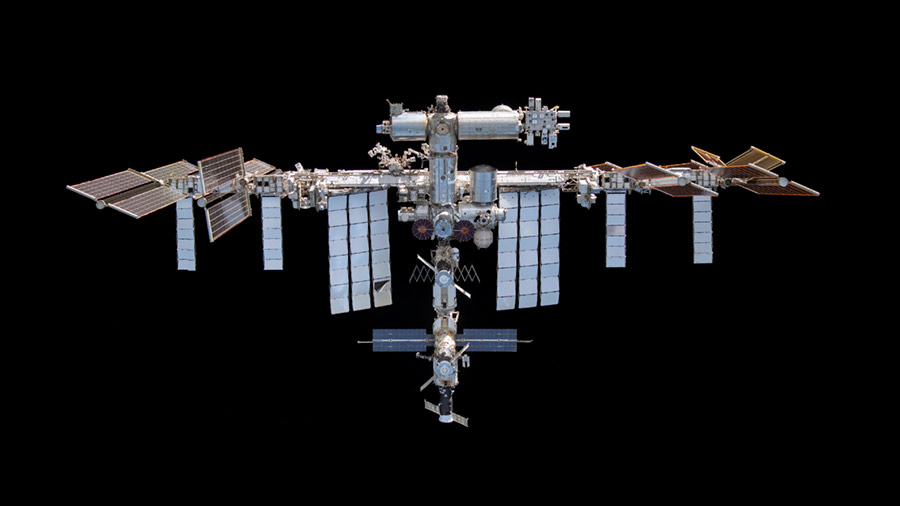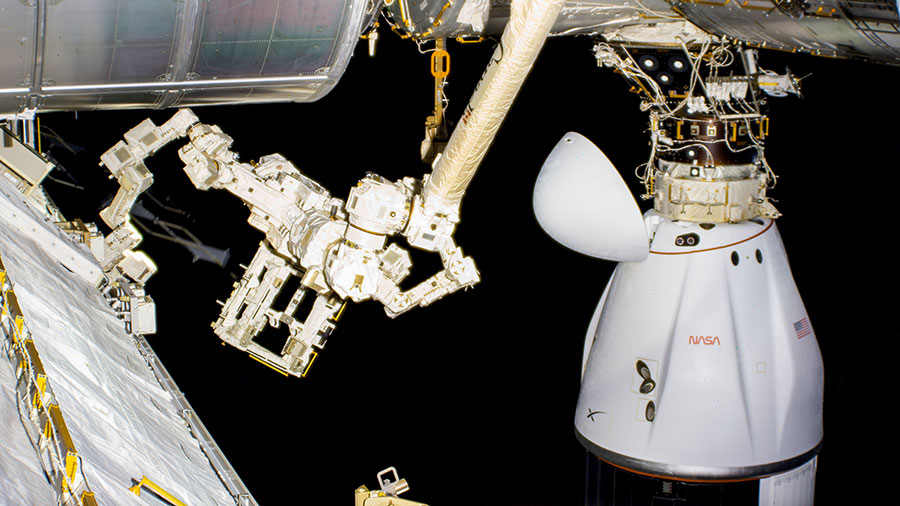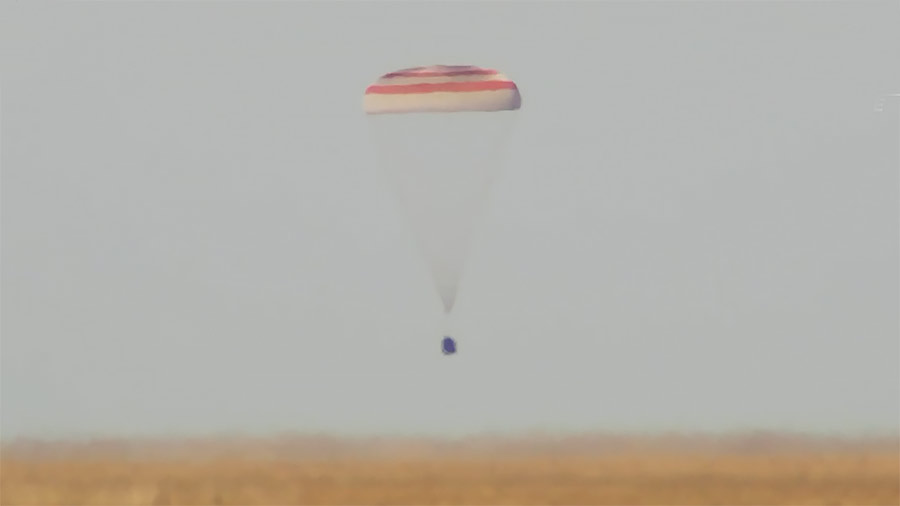
Space biology and Dragon work were the top duties at the beginning of the week for the Expedition 70 crew. The International Space Station also turned 25 years old today with its first module having orbited Earth since 1998.
Eye scans were on the biomedical research schedule for four astronauts on Monday afternoon. Commander Andreas Mogensen kicked off the exams activating the Ultrasound 2 device then setting up communications gear allowing doctors on the ground to remotely monitor the activities. Mogensen from ESA (European Space Agency) then took turns with flight engineers Loral O’Hara, Jasmin Moghbeli, and Satoshi Furukawa in the Columbus laboratory module participating in the regularly scheduled eye exams.
Mogensen partnered with Moghbeli from NASA at the end of the day and practiced SpaceX Dragon Endurance undocking and landing procedures on the crew spacecraft’s computers. Mogensen earlier unpacked medical supply kits from Endurance and stowed them inside the orbital outpost. O’Hara from NASA and Furukawa from JAXA (Japan Aerospace Exploration Agency) worked inside Endurance as well configuring orbital plumbing gear in the vehicle that has been docked to the station since Aug. 27.
O’Hara later worked on a space botany study to promote STEM (Science, Technology, Engineering, and Math) education among tribal members. Five varieties of seeds provided by the Choctaw Nation of Oklahoma are exposed to microgravity for several months then returned to Earth and planted next to the same seeds left on Earth for comparison. Furukawa turned off a microscope in the Kibo laboratory module and removed samples for a study that was observing how cells sense gravity or the lack gravity. He then stayed in Kibo setting up research hardware and connecting an incubator for an upcoming experiment to observe stem cell growth that may support regenerative medicine technology.
In the Roscosmos segment of the space station, veteran cosmonaut Oleg Kononenko spent the day inside the Nauka science module checking its airlock, ventilation, and docking systems. Flight Engineer Nikolai Chub attached sensors to himself monitoring his cardiac activity then cleaned air ducts inside the Nauka and Poisk modules. Flight Engineer Konstantin Borisov wore a sensor-packed cap that recorded his responses while practicing futuristic planetary and robotic piloting techniques on a computer.
On Nov. 20, the International Space Station passes 25 years since the first module launched into orbit. The Zarya module lifted off in November 1998 from the Baikonur Cosmodrome in Kazakhstan and would shortly be joined by the Unity module less than a month later. Through this global endeavor, 273 people from 21 countries now have visited the unique microgravity laboratory that has hosted more than 3,000 research and educational investigations from people in 108 countries and areas.
Learn more about station activities by following the space station blog, @space_station and @ISS_Research on X, as well as the ISS Facebook and ISS Instagram accounts.
Get weekly video highlights at: https://roundupreads.jsc.nasa.gov/videoupdate/
Get the latest from NASA delivered every week. Subscribe here: www.nasa.gov/subscribe




